In nature, colours are everywhere! Insects, birds, and mammals—all of them have vibrant colours and patterns on their bodies, which not only make them look pretty but play a role in behaviour and survival. Some use their kaleidoscopic looks to attract mates and stand out from their background; others prefer a dull look to blend into their surroundings and hide from predators. In some insects, like a few damselflies, males and females are differently coloured. Since the males mostly initiate mating in these insects, this difference in colours helps them to find a mate. A new study has now explored how colours impact the mating behaviour of a species of damselfly, Agriocnemis pygmaea.
Scientists theoretically probe the atomic properties of the 2D materials under strain
Mumbai/ Apr 18, 2024

![A damselfly’s colours have more to them than adding to the looks [Image credits: Shantanu Joshi] Agriocnemis pygmaea [Image credits: Shantanu Joshi]](/sites/researchmatters.in/files/styles/large_front_800x320/public/agriocnemis_pygmaea.jpg?itok=IhZl1h3a)
![A pair of Himalayan bulbuls [Image credits: T.A. Gonsalves / CC BY-SA (https://creativecommons.org/licenses/by-sa/4.0)] In the Himalaya, forests converted into farmlands might be beneficial for winter birds](/sites/researchmatters.in/files/styles/large_front_800x320/public/hb.jpg?itok=e9zqyF2k)
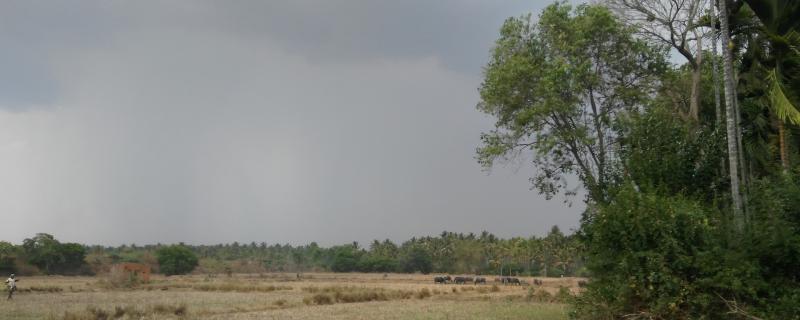
![African cheetah [Image credits: By Mukul2u - Own work, CC BY 3.0, https://commons.wikimedia.org/w/index.php?curid=4553072] New insights on the evolution of cheetahs may help decide the best move on reintroduction](/sites/researchmatters.in/files/styles/large_front_800x320/public/cheetah.jpg?itok=RY__sh3f)
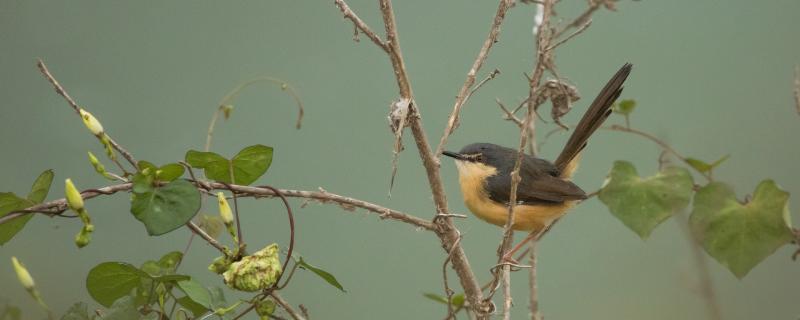
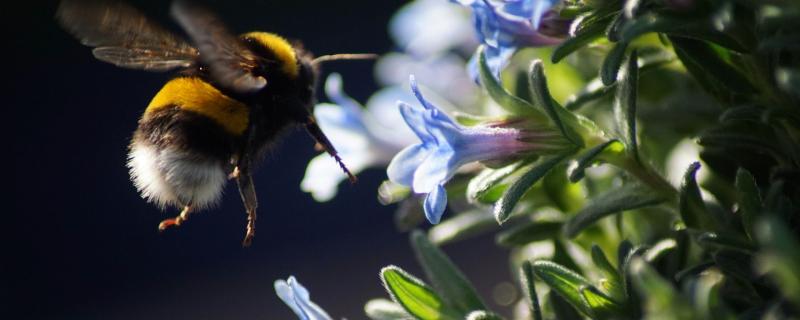

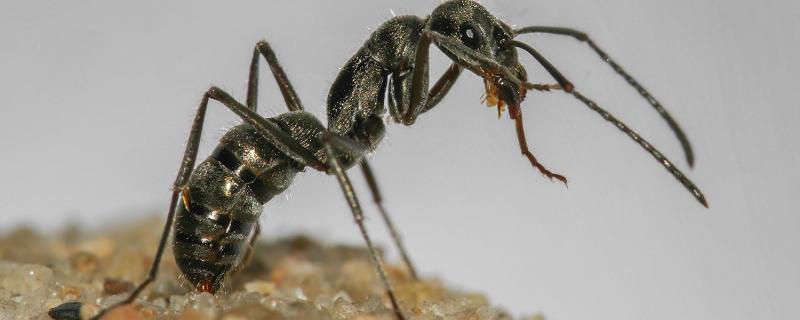
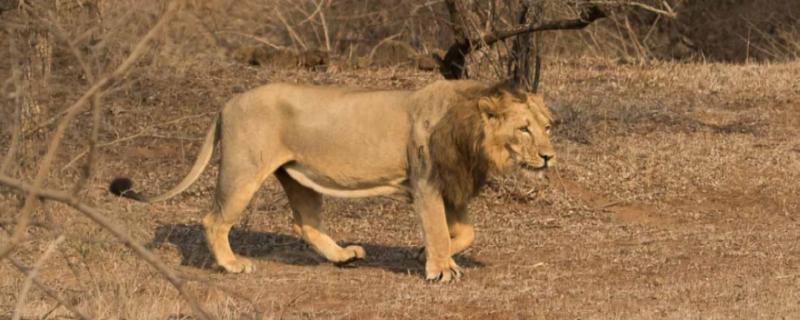
![The Naga Hills Horned Frog (Megophrys awuh), one of the new species discovered. [Image credits: Systematics Lab, DU] Three new species of horned frogs discovered from the forests of Northeast India](/sites/researchmatters.in/files/styles/large_front_800x320/public/hornedfrog.jpg?itok=XuiC2Ed1)